Brexit: Where we are in seven charts
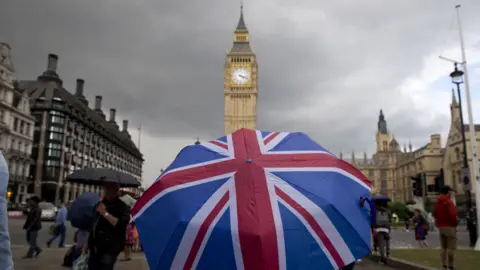 Getty Images
Getty ImagesUK Prime Minister Theresa May has dismissed speculation she could be ousted as leader despite a series of ministers resigning over her long-awaited Brexit deal.
Mrs May has vowed to get her draft withdrawal agreement signed off in Brussels and put before MPs in defiance of a possible vote of no-confidence in her.
Such a vote could lead to her removal as prime minister and a change of course on Brexit.
Here are seven charts that will help explain what's going on.
1. Theresa May really needs support in Parliament
The draft EU withdrawal agreement negotiated by Mrs May is set to be signed off by European leaders at an emergency summit on 25 November.
But if Mrs May survives as PM she faces a battle to get MPs to back it in a House of Commons vote.


Mrs May does not have a Commons majority and many MPs on her own side - as well as Labour and the other opposition parties - are sceptical about her Brexit deal, or even openly hostile to it.
Northern Ireland's Democratic Unionist Party, which Mrs May relies on in key votes, has already said it is likely to vote against the deal, claiming it will lead to the break-up of the United Kingdom.
A number of Conservative MPs on both the Remain and Leave wings of the party have also said they will vote against it.
The vote is expected to take place around 7 December.
2. There have been some key resignations
Transport Minister Jo Johnson, Brexit Secretary Dominic Raab and Work and Pensions Secretary Esther McVey - along with more junior ministers - have all resigned over the Brexit deal in the last week.
They followed a flurry of other resignations in July - among them ex-Foreign Secretary Boris Johnson and former Brexit Secretary David Davis.


3. May has lost a number of people quickly
Looking back, Mrs May's tenure actually got off to a relatively strong and stable start.
She had no resignations in her first 475 days as prime minister, before Michael Fallon was forced to resign as defence secretary in November 2017.
Former prime minister David Cameron, by contrast, had David Laws leave his post as chief secretary to the Treasury over expenses claims after just 10 days.
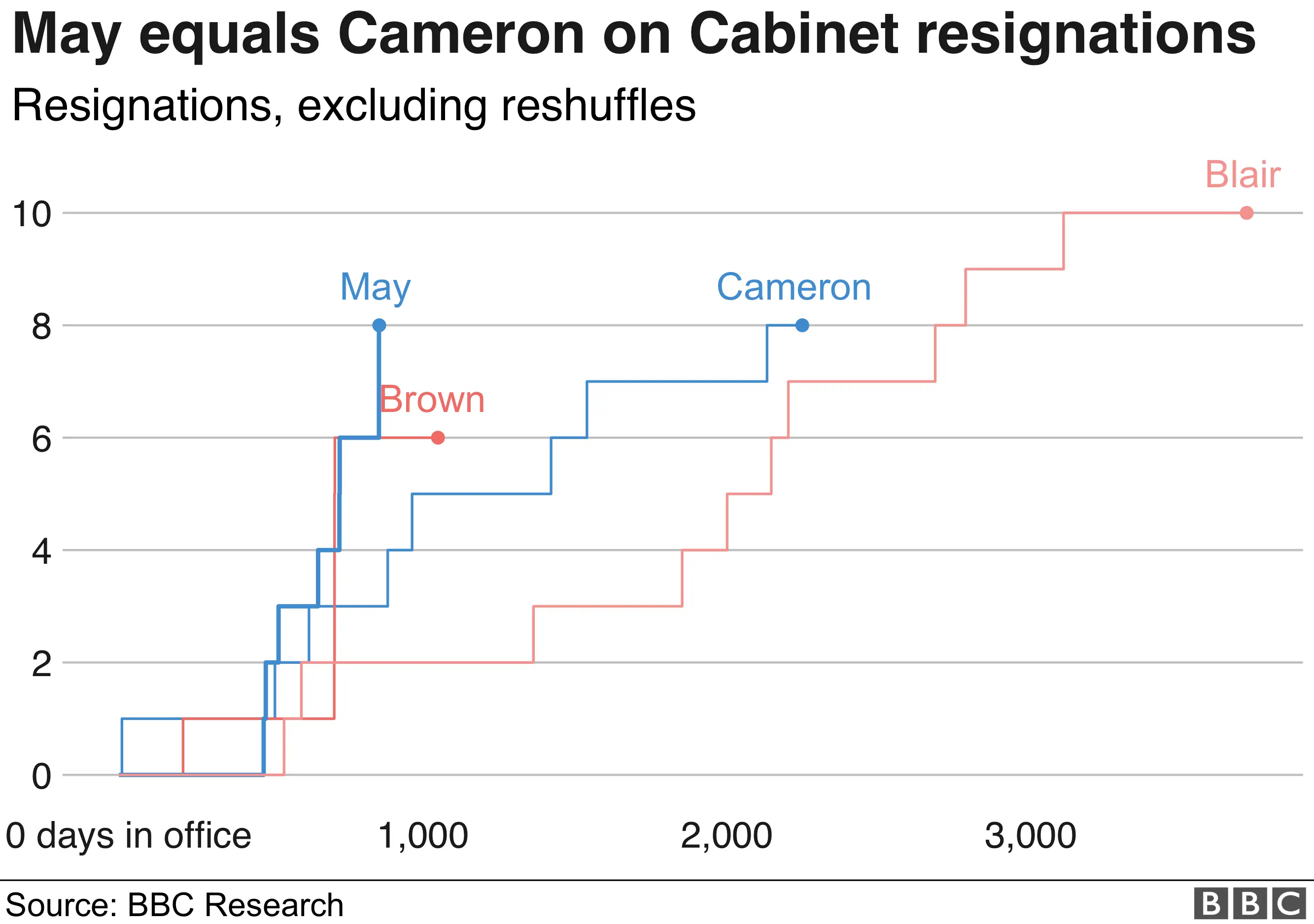
In just over a year, however, Mrs May has lost eight ministers, taking her level with Mr Cameron in just half the time.
The only recent prime minister to come close to her rate of resignations is Gordon Brown, who lost five ministers in three days in June 2009 after a poor showing in local and European elections.
4. Some departments are hit more by resignations
Some departments appear more likely to experience resignations than others.
Of the 32 cabinet ministers who have quit since 1997, six have been work and pensions: Andrew Smith and David Blunkett under Tony Blair, Peter Hain and James Purnell under Gordon Brown, Iain Duncan-Smith in David Cameron's cabinet, and Esther McVey under Mrs May.
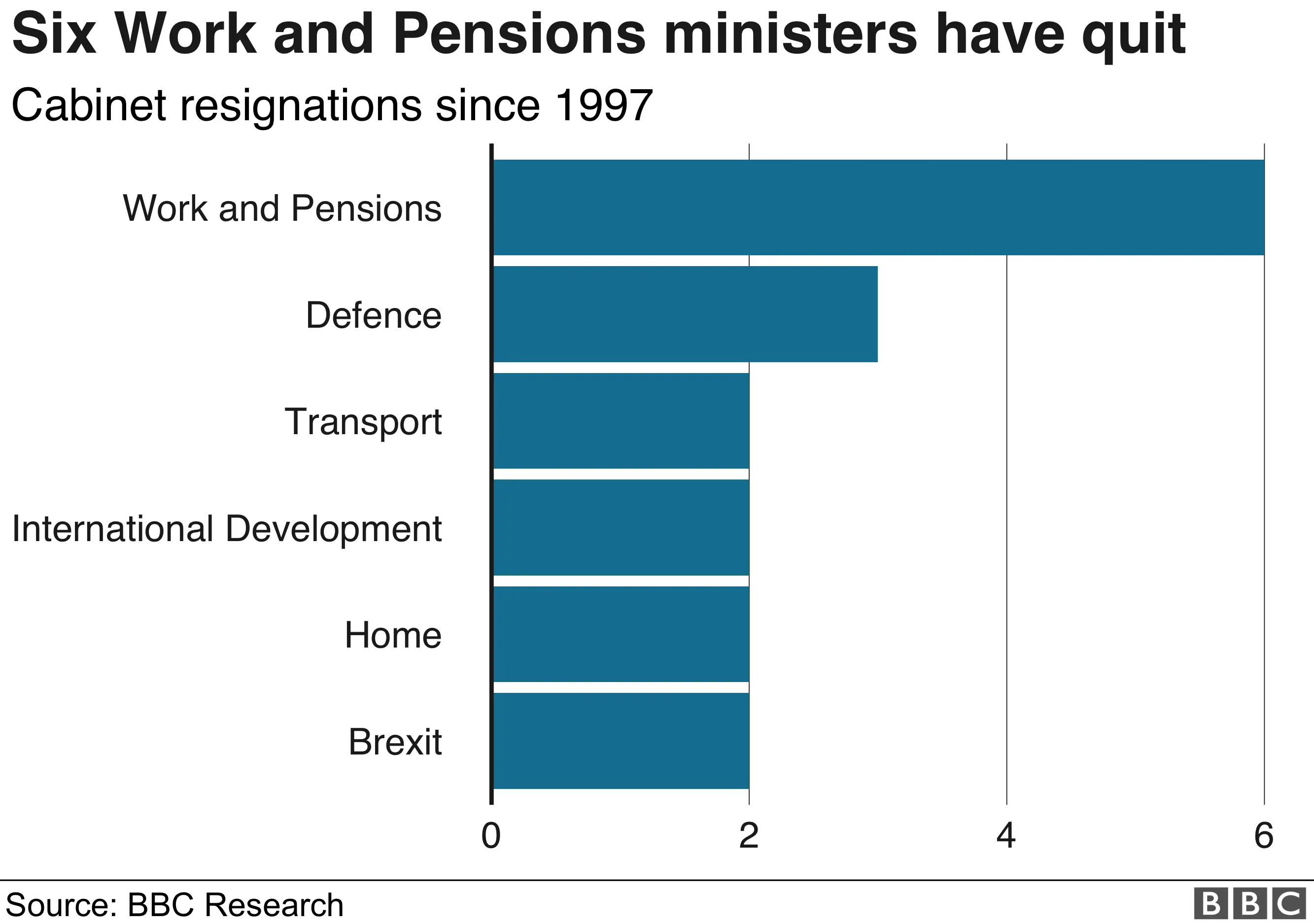
There have already been two Brexit secretaries, despite it only being a Cabinet position since July 2016.
5. The pound has been rocky
If you'd bought £10 worth of dollars at the beginning of the day on Thursday, you'd have got $12.99 in return. By the end of the day it would have bought you $12.77 - a difference of 1.7%.
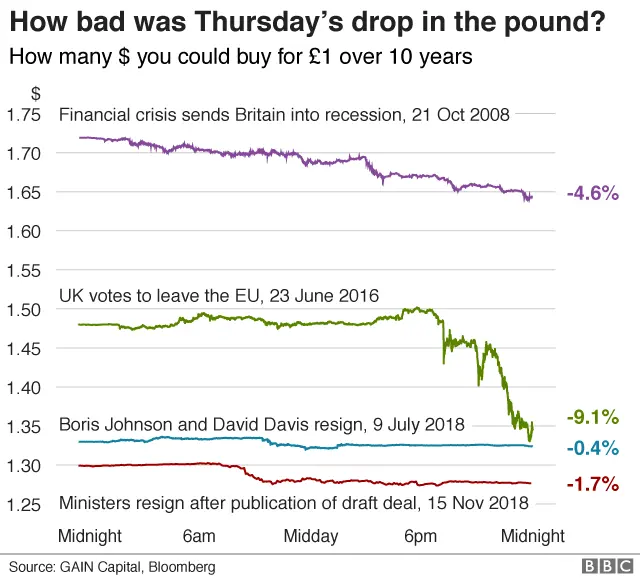

The resignations of Dominic Raab, Esther McVey and other more junior ministers appeared to have a bigger impact than those of Boris Johnson and David Davis over the summer.
6. The Brexit vote had a bigger impact on the pound
However, neither of the two rounds of resignations was as significant as Britain voting to leave back in June 2016, though - the pound dropped more than 10% between 21.40 BST and midnight.
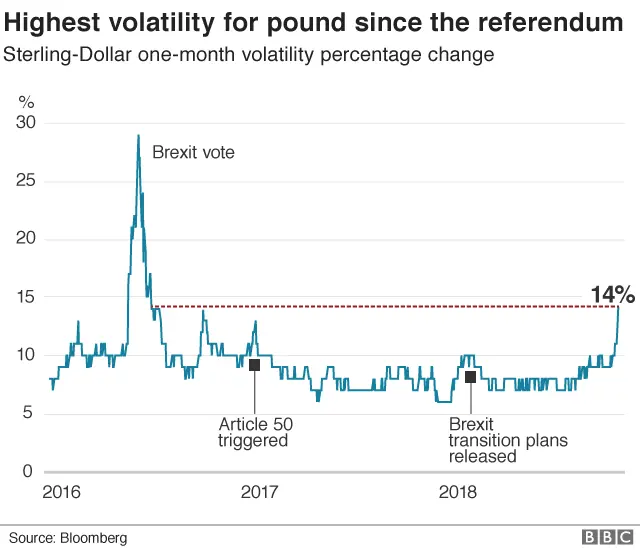
7. If May survives, there are still many hurdles to jump
The draft agreement on Britain's withdrawal from the EU, due to be signed off by European leaders next month, is just the beginning of the process of leaving.
The deal needs to be backed by UK Parliament, voted for by the European Parliament and approved by the EU Council before the UK can officially leave on 29 March 2019.
However, the agreement is not a trade deal - details of that have yet to be hammered out. That is set to happen during the transition period, if all goes as planned.
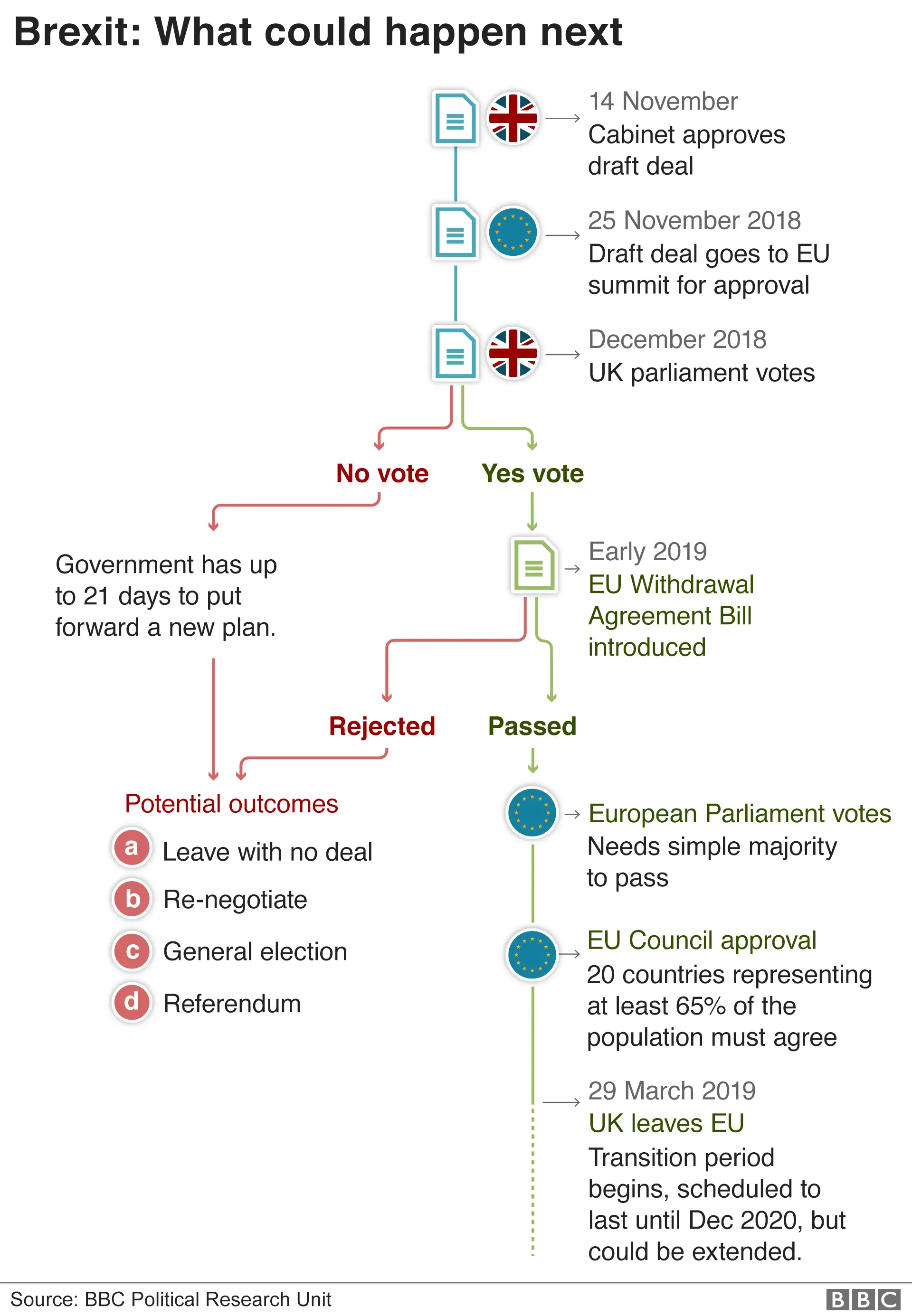

However, if Mrs May loses the vote in Parliament, the UK enters uncharted territory. The PM may seek to renegotiate with the EU, but most expect her time in Downing Street to end.
There could be a general election and/or a new prime minister.

This would trigger a vote of confidence in Mrs May among all Tory MPs. It would be a secret ballot, and if she won, she would be immune from challenge for a year.
But if she lost, there would be a leadership contest, and she would not be able to stand.
Unless there is a general election, the winner of any Tory leadership contest would also be expected to become prime minister.
By Dominic Bailey, Tom Calver, Daniel Dunford, Mike Hills, Tom Housden, Daniele Palumbo, Lucy Rodgers, Sandra Rodriguez Chillida and Irene de la Torre Arenas.
